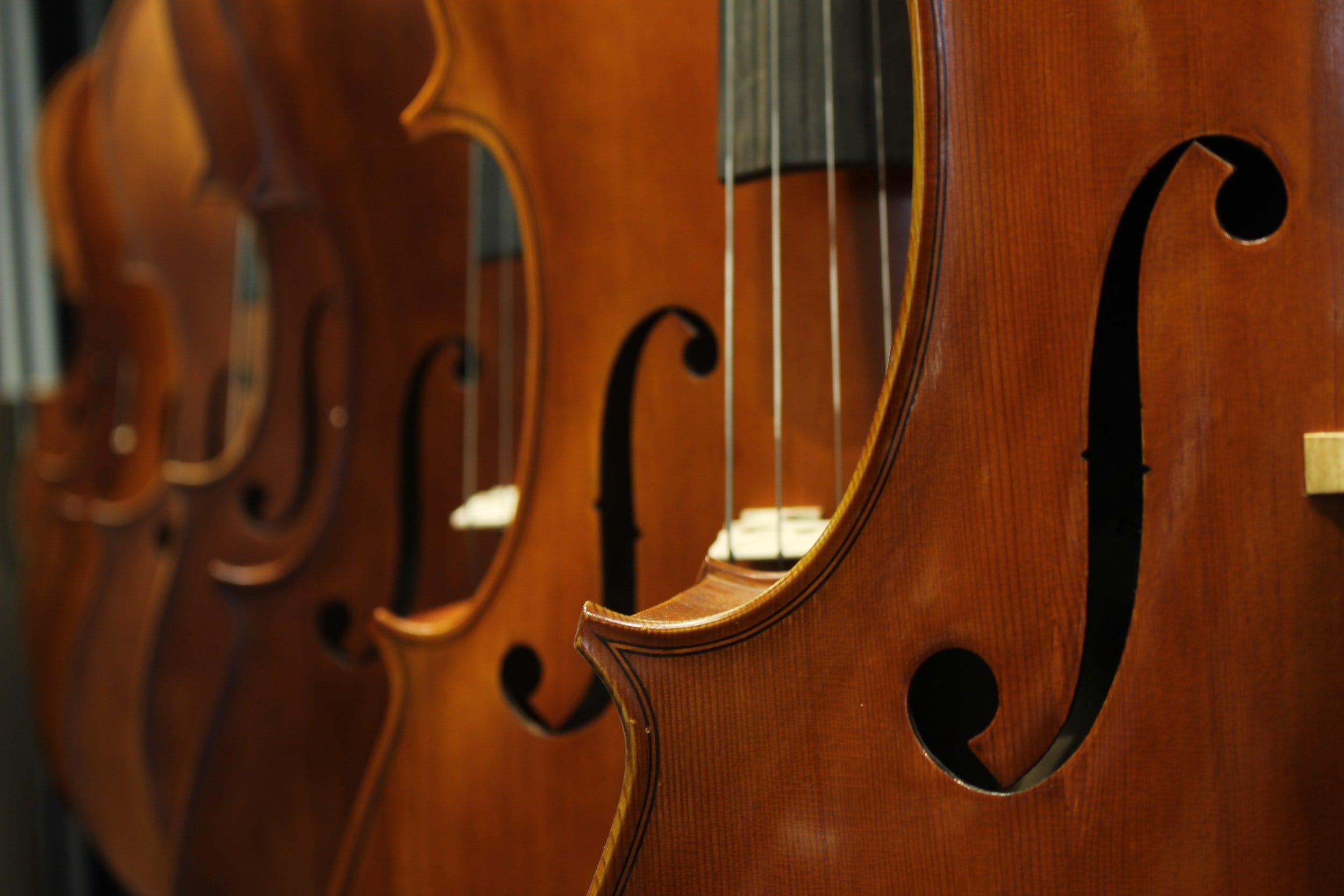Treatment works wonders for retired violinist
Retired professional violinist, Nienke, says she has been an alcoholic for many years. Her husband was able to stop cold turkey five years ago, but Nienke kept drinking — unable to find an option that seemed to fit with her drinking goals or lifestyle.
That is, until very recently, when she learned of the CAUDS approach.
This holistic, compassionate and evidence-based approach to treating Alcohol Use Disorder as a medical condition -- usually by prescribing one of several common medications for a short period of time – felt like something she could try.
First, she appreciated that approaching AUD as a medical condition took away stigma and judgment. “I never had a problem telling friends that I’m an alcoholic but AUD sounds so much better,” she says. “It implies you have a disease like diabetes, and that it’s not really your fault that you drink too much.”
Nienke also appreciated that even though she may quit altogether one day, she was free to choose to simply reduce her drinking. “I would like to have a glass of wine every now and then.”
Having learned about CAUDS and medical treatment options for AUD, Nienke was inspired to visit her family physician, who prescribed Naltrexone.
“It started working right away,” she says. “It’s absolutely fantastic. I don’t have cravings to drink anymore.”
In the six weeks since she started the medication, Nienke has had just a few glasses of wine, once at a restaurant and another when friends visited. This is so much different than when, especially in retirement, Nienke drank every day. “Around 2 or 3 o'clock I started to look forward to my happy hour, thinking about whether I’d start with a Caesar or a glass of wine. And sometimes I’d have both.”
During the first week on the medication, Nienke experienced a bit of brain fog, a side effect that sometime occurs as the brain heals. It has since disappeared. Nienke will likely be able to taper off medication within a year and can take comfort knowing that the medication will work again in the case of relapse.
Medical treatment options often complement and provide stability for counselling or other supports, with Nienke relying on her husband Ed’s helpful and non-judgemental encouragement. “It’s good to be able to speak to someone and be understood.”
But even with a couple that is clearly so supportive of each other, seeking treatment for AUD only made a good thing better. “Nienke and I have a wonderful relationship,” says Ed. “But alcohol did get in the way of that relationship at times. It’s made a huge difference and brought us even closer together.”
It also isn’t a problem that they have chosen to deal with alcohol addiction in different ways. After all, even within the same household, people may need to follow different paths. All that matters is that they have both found an option that works.
“It makes it easier for me to have a partner that doesn’t drink heavily,” says Ed. “It’s something we share in common now.” He also adds that he is relieved that this healthier relationship with alcohol will improve Nienke’s life expectancy and improve her health in general.
While having chosen different options, they are both amazed by the medical approach, and encourage others to find out if it might be a fit for them. “Not only could it help, but it’s easy,” says Ed.
“Give it a try,” Nienke agrees. “This has done wonders for me.”

